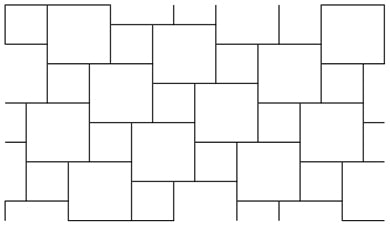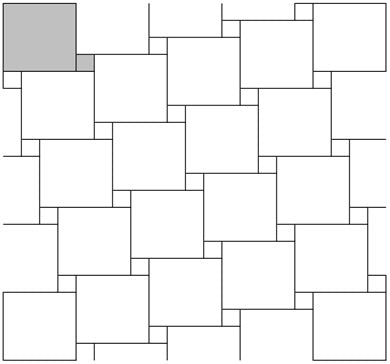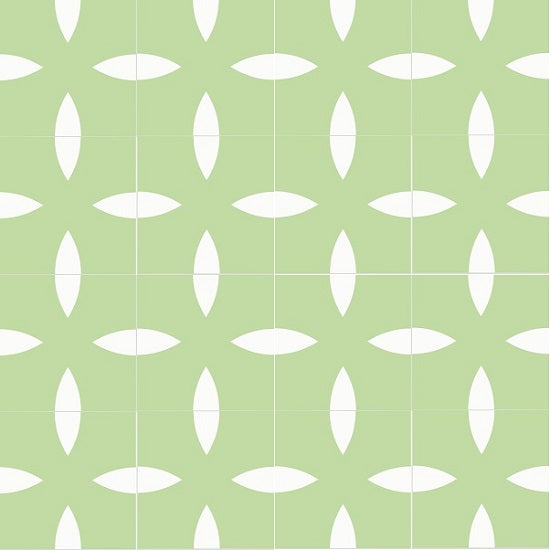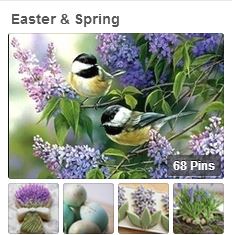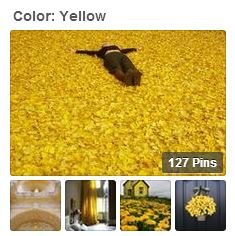I must begin this post by saying, thanks! Thanks to a very smart, extremely motivated, and very inspiring entrepreneur, Sally Kane! We just happened to meet because she called to talk about cement tile for her new restaurant,
The Coronet, in Tucson, Arizona.
 |
| The Coronet is a brasserie style restaurant featuring Old World cuisine and cement tile! |
Now, Sally is one of those people who has passion and takes ownership of every part of her project. She's good at what she does; from color choice and tile design, to finding just the right plates and chairs for her bistro, to hiring the right team. She has every detail down. And, we haven't even started talking about the menu.
It was almost a year ago she called to order the
Heritage Solid Color Chip Set for her cement tile project. Soon after the color chips arrived, she had decided on the palette: a mix of lovely greens on a classic pattern and border also boldly applied to a geometric pattern. She had "done up" some full size renderings using crayons in the closest match to the color chips. She wanted to know what I thought.
 |
| Cement tile renderings by Sally Kane |
Sally mentioned she had this painting that would be the focal point of the main dining room and the tile pattern and colors should draw you to the painting; but, not take your attention away. The painting, El Morocco, is by Jerome Carlin and depicts a well-healed family having dinner in a nice restaurant.
 |
| El Morocco by Jerome Carlin is a focal point in the main dining room of The Coronet. |
I questioned, “What type of restaurant is this going to be? What type of food, style, and ambiance do you want to convey?” Sally replied, “It will be a French-style bistro. But, don’t box me in. It will honor that style but not slavishly follow the tradition!" I could see it all working together now. The Traditional French floor tile in cool
Misty Jade with hints of bold
Peapod set against a complex
Pearl Grey and defining
Jet Black. Yes, the pattern was honoring the style in a new and fresh way. The colors and pattern added to the main dining room's focal point -- the painting. I remember being very impressed with Sally's effortless ability to have all the details of the design working together.
After she placed the order for this commercial installation, I asked if she wanted to see strike-off samples before proceeding with the full order. Feeling confident with her design, she didn't even bat an eye when she replied, "No." She patiently awaited her tiles, which arrived with some damage from the carrier and incorrect trim. We worked to resolve the problems, while Sally patiently allowed us the time to correct her order!
Sally was kind of enough to keep me updated with the progress of the work through
The Coronet's Facebook Page. I loved seeing the thought that went into the layout, installations, and progress.
 |
| The Fleur-de-Lis and Macoris Border in a dry layout. |
 |
| Sally Kane inspecting the installation. |
 |
| The Cement tile carpet install is complete! |
And, the progress with the bathrooms and concrete sink. Notice the texture on the Venetian Plaster walls.
 |
| A bold geometric pattern for the lavatory was selected. |
 |
| The pattern used in the lavatory is Avente's Traditional Diamond handmade cement tile. |
Finally, one of my favorite effects is the use of plain tile throughout the restaurant. The subtle variation in tone creates a sophisticated, Old World charm that you just don't find in manufactured tile. Here's a great shot that showcases the color variation.
 |
| Plain cement tile creates visual interest with their natural color variation. |
Well, there is so much more I could share about this amazing woman and the stunning space she has created. All I've done is talk about the tile! The food is already getting great reviews and if you find yourself in Tucson, Arizona, please stop by The Coronet. Sally says, "The Coronet is a brasserie style restaurant with Old World rustic cuisine and a cute, yet full, bar." You are sure to find quiet music, a big patio, good shade, outstanding coffee, and some stunning cement tile! All of us at Avente Tile wish you much success, Sally Kane!


